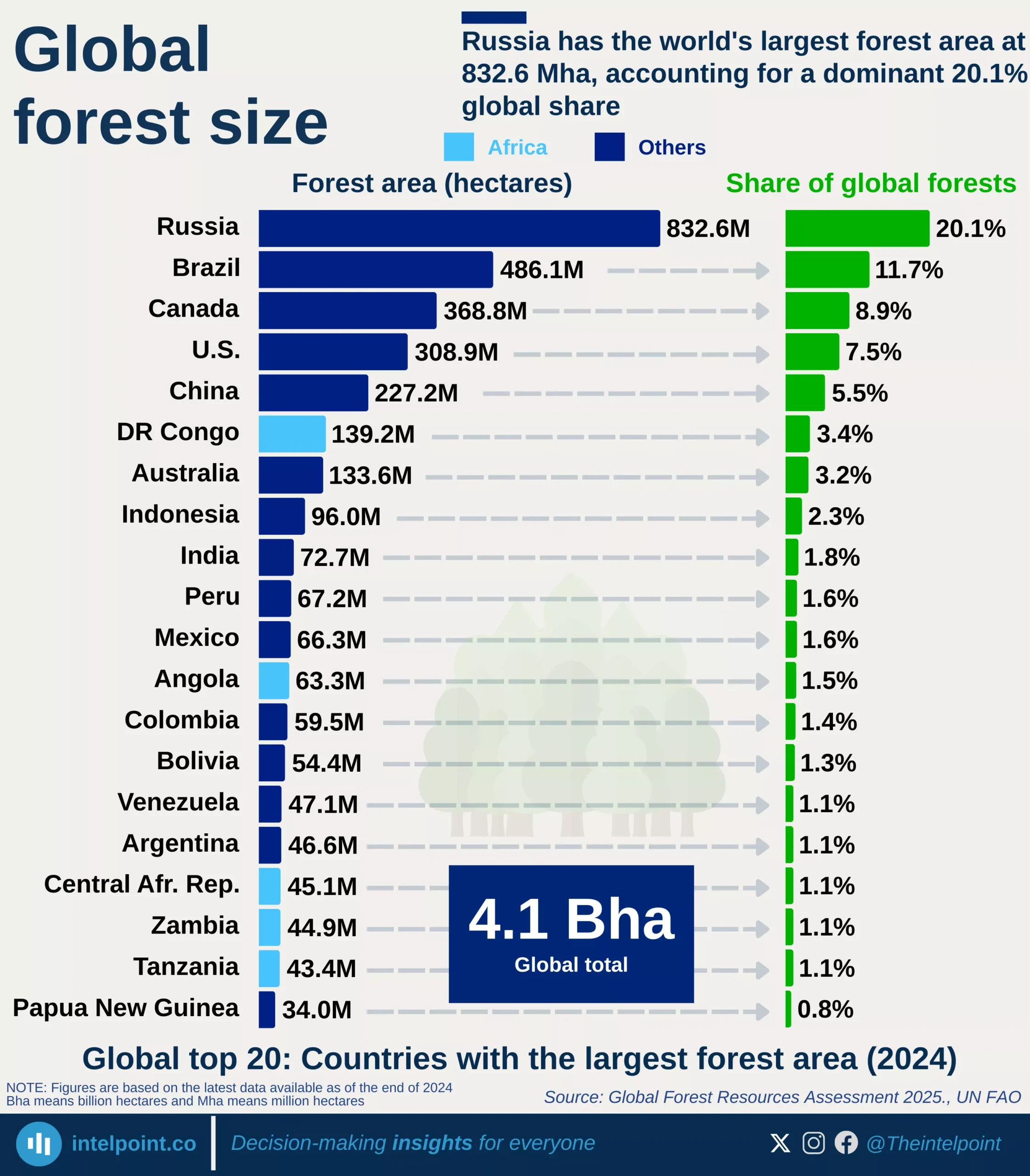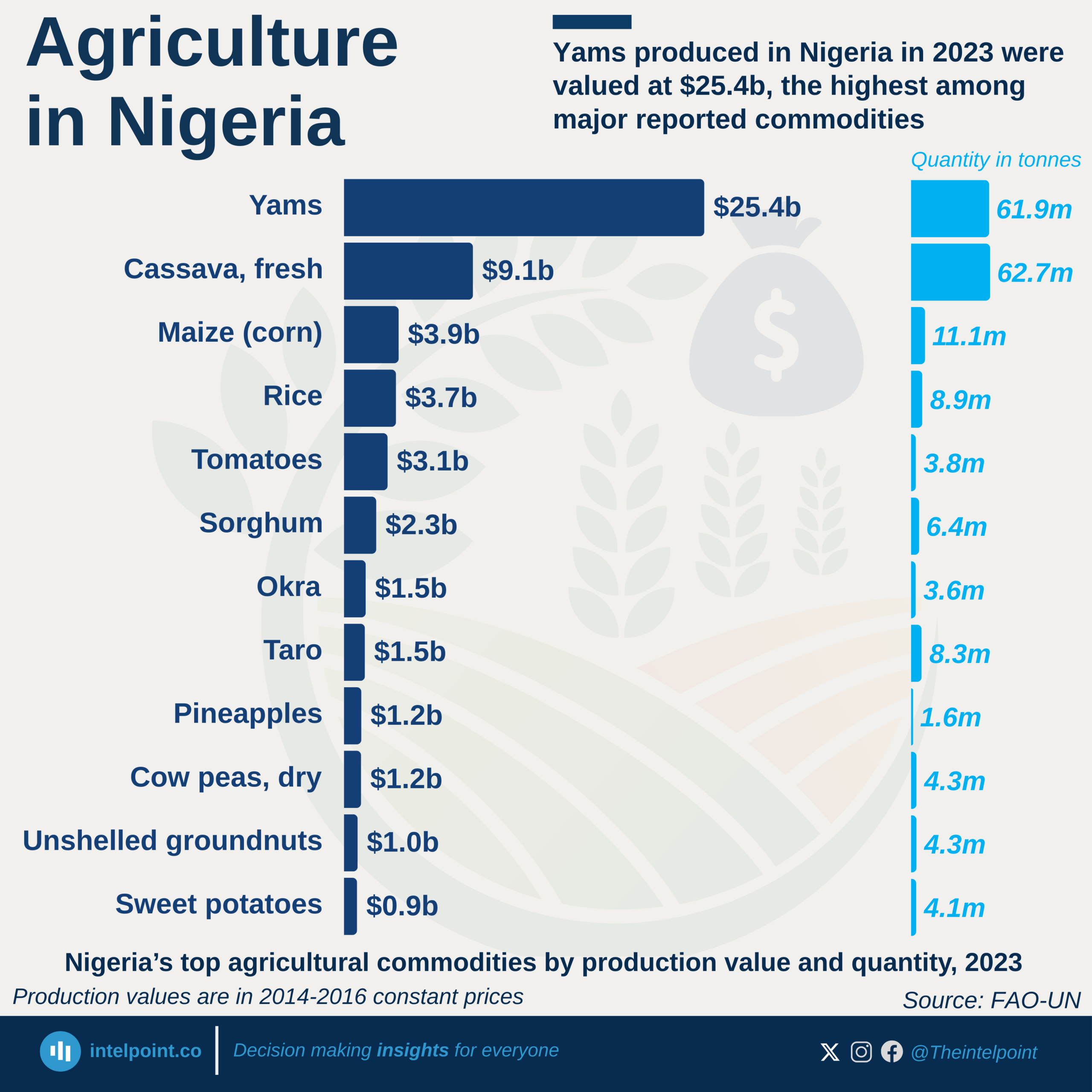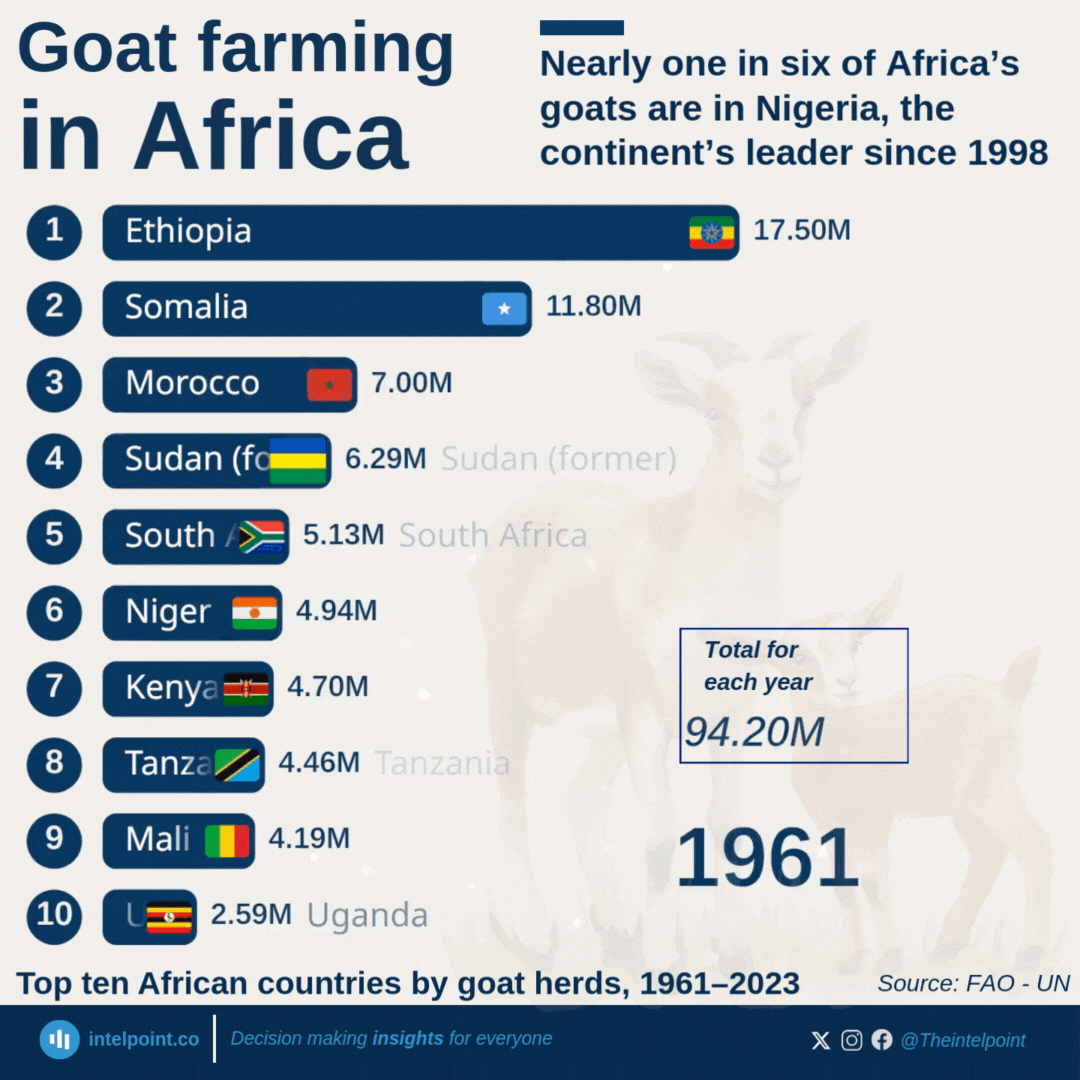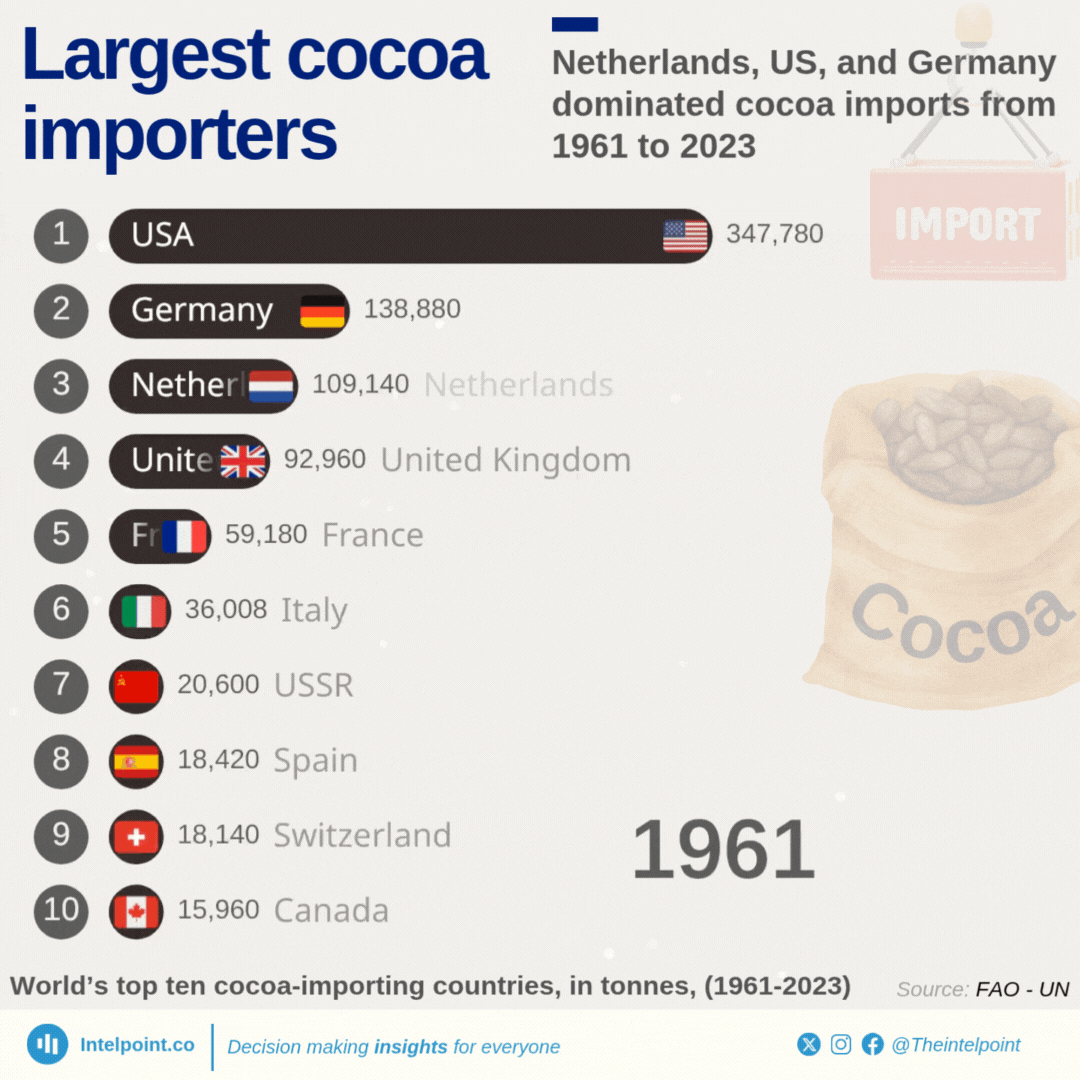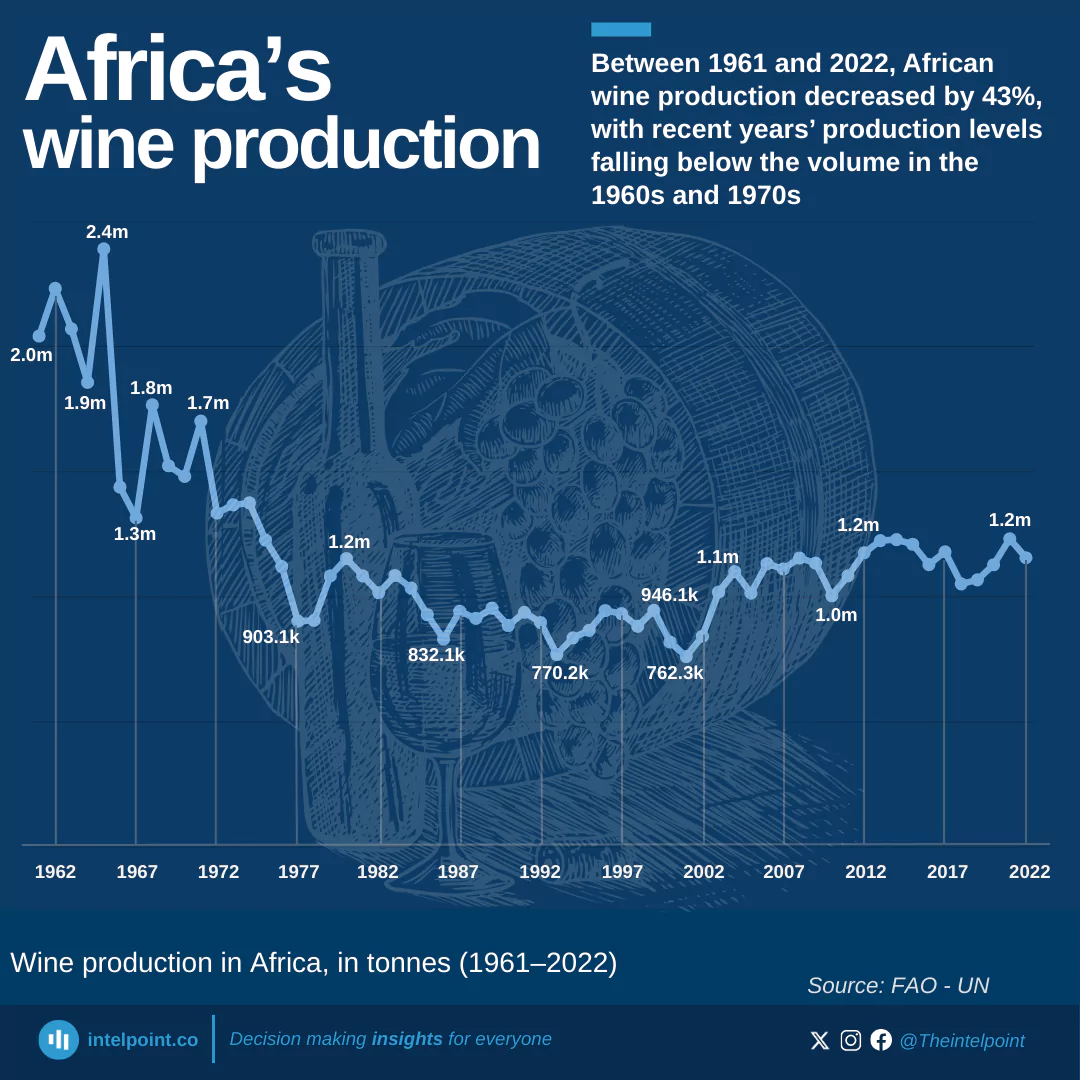In 1961, Nigeria dominated the global palm oil market with 669 ktonnes, far ahead of Malaysia’s 95 ktonnes and Indonesia’s ktonnes, accounting for over 45% of the world's output. But while Nigeria relaxed, Malaysia and Indonesia invested in large plantations, subsidies, and technology, sparking an agricultural revolution.
By 1980, Malaysia had surged to 2.57M tonnes, Indonesia to 800 ktonnes, while Nigeria stagnated at around 700 ktonnes due to the oil boom, weak infrastructure, and political instability. By 2000, Indonesia reached 7M tonnes, then 21.9M tonnes by 2010, and 46.8 M tonnes by 2022, recording a 321-fold increase. Malaysia followed with 18.5M tonnes. Together, they now account for 87% of the global supply.
Nigeria, meanwhile, grew only to 1.42M tonnes by 2022, barely double its 1961 numbers, despite ideal conditions. New entrants like Thailand (3.2M tonnes), Colombia (1.76M tonnes), and Guatemala (940 ktonnes) have overtaken it.
Today, Africa contributes less than 5% of global production, despite holding 20% of the world's suitable land.

